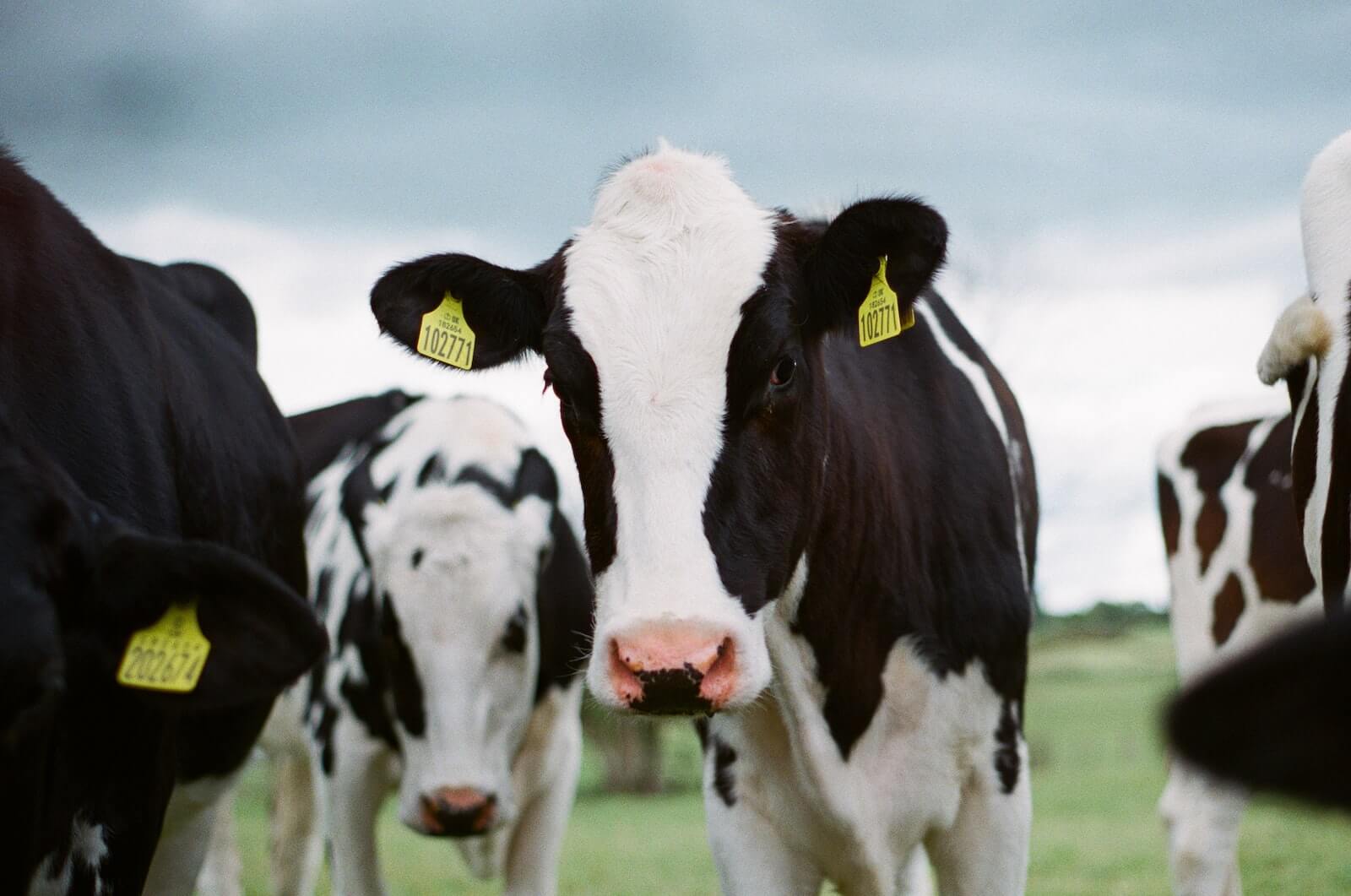Fitness
Bird flu jumps to dairy cows, sparking fears of future pandemics

(Photo by Jakob Cotton on Unsplash)
AMES, Iowa — In a surprising twist of events, highly pathogenic avian influenza (HPAI) H5N1, a virus typically associated with birds, has made an unexpected leap to dairy cattle (cows) in the United States. This development, first detected in March 2024, has sent ripples through the scientific community and raised concerns about the virus’s ability to adapt and spread to new species — potentially threatening the health of humans and animals around the globe.
The H5N1 virus, part of the broader family of flu viruses, has long been a concern in the poultry industry and among wild bird populations. Its ability to cause severe disease and high mortality rates in birds has earned it the “highly pathogenic” designation. However, its recent appearance in dairy cows marks a significant shift in our understanding of the virus’s capabilities.
Researchers from Iowa State University, led by Rahul Nelli and Todd Bell, conducted a study to understand how this avian virus could infect and replicate in mammals like cows. Their findings, published in the journal Emerging Infectious Diseases, shed light on the molecular mechanisms that allowed this cross-species jump.
At the heart of the matter are structures called sialic acid receptors. These receptors, found on the surface of cells, act like docking stations for viruses. Different types of sialic acid receptors exist, and traditionally, bird flu viruses prefer to bind to one type (α2,3-linked), while human flu viruses favor another (α2,6-linked).
The research team examined tissues from infected dairy cows and found that, surprisingly, their respiratory tracts and mammary glands contained both types of receptors. This dual presence potentially explains why these cows were susceptible to the avian flu virus.


What’s particularly concerning is the discovery that the virus could replicate in the cows’ mammary glands, leading to its presence in milk. This finding has triggered public health alerts and new testing requirements for dairy products, especially unpasteurized milk.
The infected cows showed signs of illness, including reduced milk production and unusual changes in milk consistency. Upon closer examination, researchers found evidence of the virus in both the lungs and mammary tissues of the affected animals.
This unexpected jump from birds to dairy cattle raises questions about the virus’s ability to adapt and potentially infect other mammalian species, including humans. While there’s no immediate cause for panic, the situation underscores the importance of ongoing surveillance and research in the field of zoonotic diseases – those that can pass between animals and humans.
The discovery also highlights the interconnectedness of animal and human health, a concept known as “One Health.” As viruses continue to evolve and adapt, understanding these complex relationships becomes increasingly crucial for public health preparedness.
As research continues, scientists and health officials are working to develop strategies to monitor and contain the spread of this virus in dairy cattle populations. This event serves as a reminder of the ever-present potential for new infectious disease challenges and the need for continued vigilance and scientific inquiry.
Paper Summary
Methodology
The researchers used a combination of microscopic examination and molecular techniques to study tissues from infected cows. They employed a method called lectin histochemistry, which uses plant proteins (lectins) that bind to specific types of sialic acid receptors.
By applying different lectins to tissue samples and observing where they bind, the team could map out the distribution of various receptor types in the cows’ respiratory tracts and mammary glands. They also used fluorescent labeling techniques to visualize the virus and receptors simultaneously under a microscope.
Key Results
The study found that both types of sialic acid receptors (α2,3-linked and α2,6-linked) were present in the respiratory tracts and mammary glands of the infected cows. The avian-type receptors (α2,3-linked) were particularly abundant, which likely facilitated the initial infection.
The virus was detected in the epithelial cells lining the mammary glands and milk ducts, explaining its presence in milk. Interestingly, some immune cells (macrophages) also showed signs of infection, suggesting the virus could potentially affect the immune response.
Study Limitations
The study was conducted on a small number of naturally infected cows, which limits the generalizability of the findings. The researchers didn’t have the opportunity to study the progression of the infection over time or in experimentally controlled conditions. Additionally, while the presence of receptors explains the possibility of infection, it doesn’t fully account for why this particular outbreak occurred now, suggesting other factors may be involved.
Discussion & Takeaways
This research provides crucial insights into how an avian virus can adapt to infect mammals. The presence of both types of sialic acid receptors in cows suggests they could potentially be infected by both avian and mammalian influenza viruses, making them possible “mixing vessels” for new viral strains.
The study emphasizes the need for continued surveillance of influenza viruses in livestock and highlights the potential risks associated with unpasteurized dairy products. It also underscores the importance of a One Health approach, considering the health of humans, animals, and the environment as interconnected. Moving forward, more research is necessary to understand the full implications of this virus jump and to develop strategies to prevent and control such outbreaks in the future.


)






